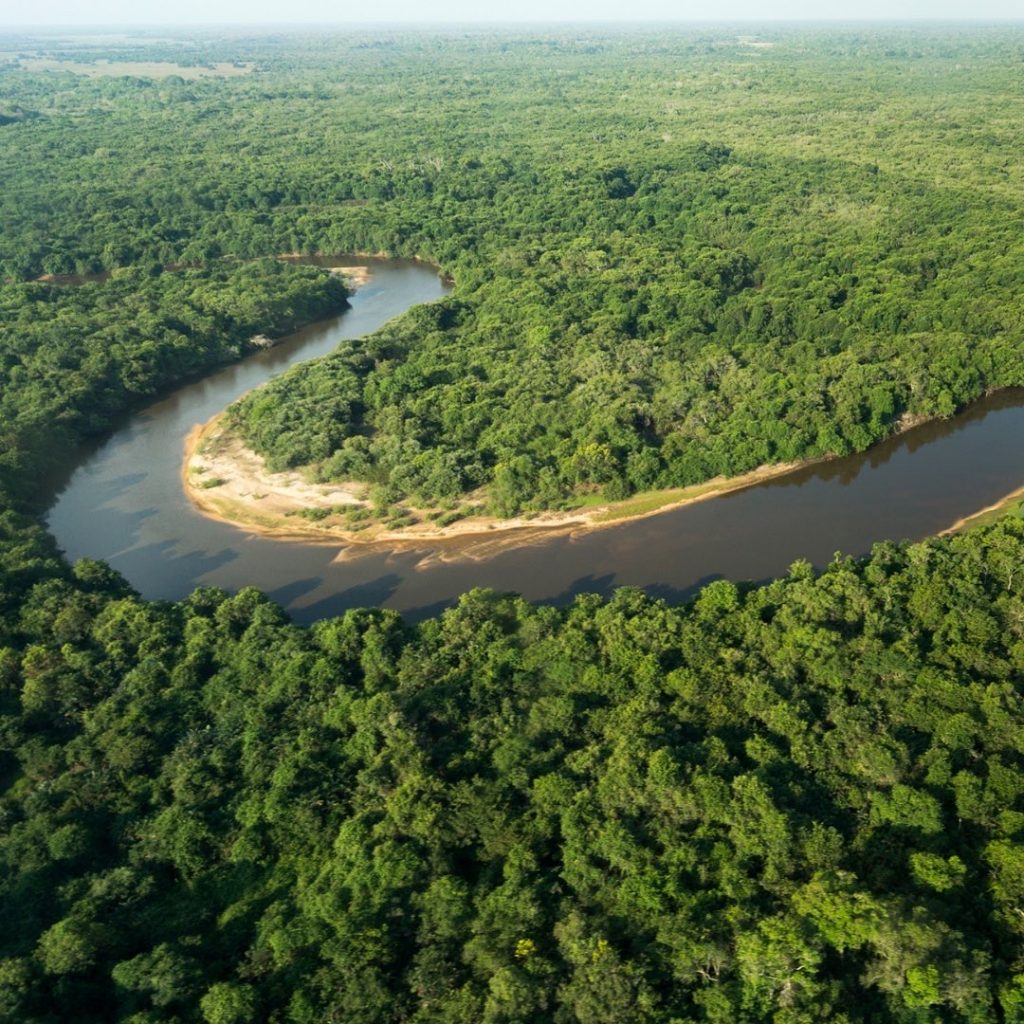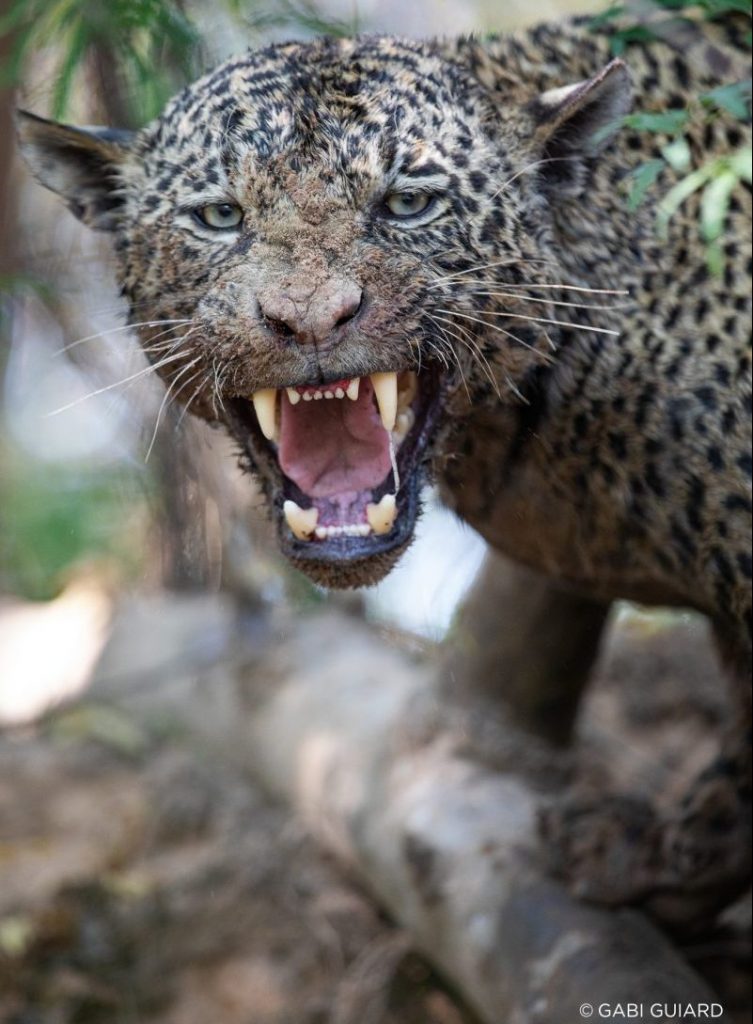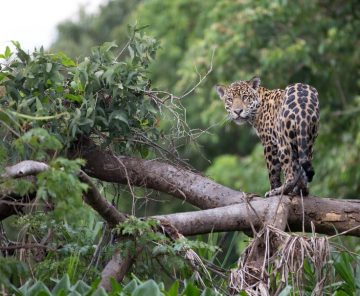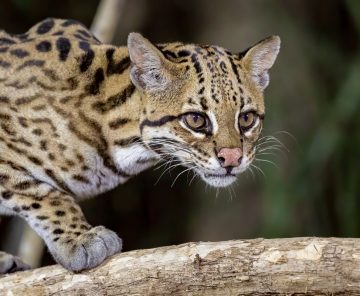
About Pantanal & Jaguars
The Pantanal is considered the worlds largest tropical wetland with 180,000 square kilometers and 80% of it being located in the Brazilian states of Mato Grosso and Mato Grosso do sul.
The Pantanal has a seasonal fluctuation of water providing an abundance of life and rich fauna with 3.500 Species of plants, 656 Species of Birds, 263 species of fish, 113 species of Mammals, 41 species of Amphibians and 132 species of mammals, including ocelots, giant otters, tapirs and jaguars. The Pantanal is one of the best places in South America for wildlife safaris and the only place in the world you can photograph wild jaguars in their natural habitat.
In the Pantanal the connections between water is a natural phenomena that can be observed on different levels. Year after year, rains sculpt the region’s map. The Pantanal is characterized by strong, cyclical, yearly floods, which brings water and nutrients from a variety of different ecosystems.
The Fauna and Flora of the Pantanal are influenced by the surrounding formations of Cerrado, Chaco, Amazon Rainforest, and Atlantic Forest. Thus, containing both essentially forest-based and open area elements with the biota that resembles that of the Cerrado, the Pantanal’s prevailing vegetation type.
We are located in the northern Pantanal region of Mato Grosso and focus our tours in the State Park Meeting of the Water. The Park is 108,000 hectares and is thought to have the highest concentration of animals per square kilometer in the Americas becoming one of the best places in the world for ecotourism with its main attraction being jaguars, hyacinth macaws and giant otters.


Pantanal & Jaguars
The jaguar (Panthera onca) is the third largest felidea species and the only living member of the genus Panthera in the Americas . The jaguar’s range extends from Southwestern United States and Northern Mexico, trickling through most of Central America, and south as far as Paraguay and Northern Argentina in South America. Today They are listed as near threatened by the IUCN and large numbers on are only found in remote regions of South and Central America. The Pantanal holds the densest population of jaguars, estimating between 4,000-7,000 jaguars in the Pantanal alone.
This spotted cat closely resembles the leopard, but is usually larger and more robust. It ranges across a variety of forested and open terrains, but its preferred habitat is tropical and subtropical moist broadleaf forest, swamps and wooded regions. The jaguar enjoys swimming and is largely a solitary, opportunistic, stalk-and-ambush, apex predator. As a Keystone species it plays an important role in stabilizing ecosystems and regulating prey populations. A clear difference between jaguars and leopards is the morphology, jaguars spots, or also known as rosettes, are larger, more exploded and usually have small dots in the center of the larger spots.
The name ‘jaguar’ is thought to derive from the ‘’Tupian’’or Tupi-Guarani word yaguara– yaguar, meaning “he who kills with one lap”. The specific word for jaguar is yaguareté, with the suffix –eté meaning “real” or “true”.
These powerful beasts are regarded asa symbol of wildness and prominent in ancient religion and mythology. The Maya believed the jaguar was the God of the Underworld and helped the sun travel under the Earth at night, ensuring it would rise in the morning.
Males are considerably larger than females. Size and weight vary considerably: weights are normally in the range of 65–150 kg (145-330 lb) and females are typically 10–20 percent smaller than males.
The length, from the nose to the base of the tail, varies from 1.12 to 1.85 m (3.7 to 6.1 ft). A short and stocky limb structure makes the jaguar adept at climbing, crawling, and swimming. The head is robust and the jaw extremely powerful. Surprisingly, jaguars have the strongest bite of all big cats, which is thought to have evolved with their preference in armored reptilian prey, such as turtles and caiman. A 100 kg (220 lb) jaguar can bite with a force of 503.6 kgf (1,110 lbf) at canine teeth and 705.8 kgf (1,556 lbf) at carnassial notch.
Jaguar females reach sexual maturity at about two years of age, and males at three or four. Jaguars are non-seasonal breeders and will mate any time of the year, though there are trend in birth peaks that correlate with prey availability. Jaguar are solitary predators, only coming together for courtship and mating, leaving the female to raise her young alone. Female estrus is 6–17 days out of a full 37-day cycle, and females will advertise fertility with urinary scent marks and increased vocalization. Females range more widely than usual during courtship. Gestation is roughly 100 days and can have from 1-4 cubs with an average of two. Cubs are blind and helpless at birth and do not leave the mothers den for the first two weeks. They begin hunting on their own at 6 months but stay within their mother’s territory for up two years. The lifespan for wild jaguars is 12-15 years and 16-25 in captivity.
Jaguars are known to have immense territories and documented home ranges of hundreds of miles. They mark their territories with urine, scent markings, and scratching trees. While these elusive cats once wandered throughout the Americas there is only an estimated 100,000 jaguars remaining in the word today.



 08 nights/ 09 days | From US$ 3,930 for double room/ US$ 4,938 for single room.
08 nights/ 09 days | From US$ 3,930 for double room/ US$ 4,938 for single room.  Jaguar Land + Ocelot Reserve + Piuval Lodge
Jaguar Land + Ocelot Reserve + Piuval Lodge
 October 01st to 09th, 2024 - Only 4 seats available.
October 01st to 09th, 2024 - Only 4 seats available.




